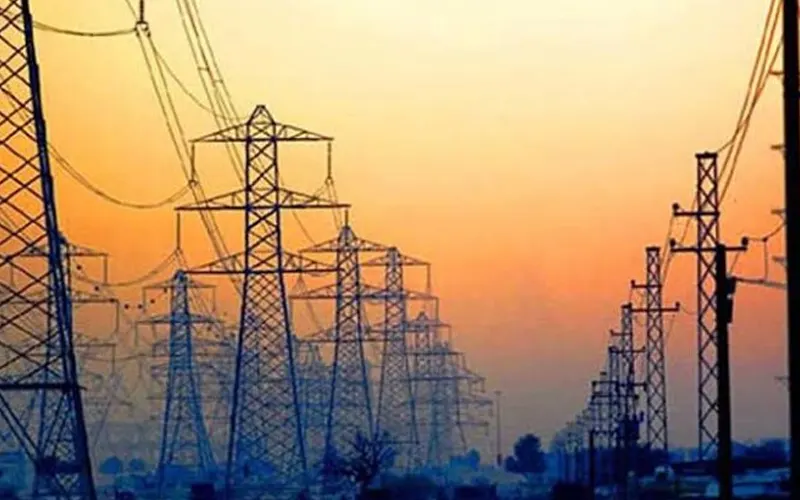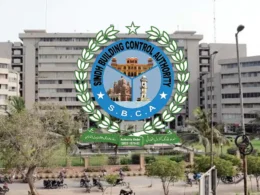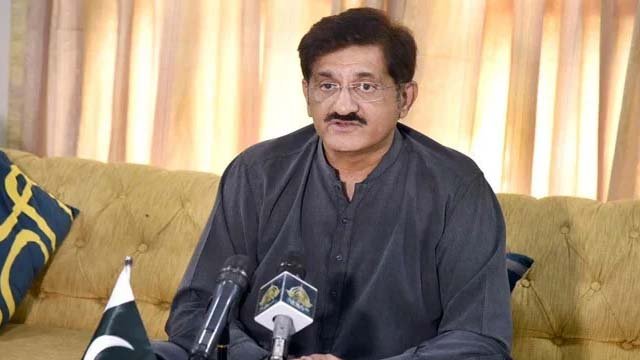K-Electric officials informed the National Assembly Standing Committee on Energy that Karachi will become load-shedding-free by 2030, according to a report by ARY News.
During the meeting, the Chief Distribution Officer of K-Electric (KE) stated that currently, 70 percent of Karachi’s feeders are exempt from load shedding.
He shared that K-Electric has successfully reduced power losses from 40 percent to 15 percent, and a comprehensive 2030 plan is in motion to eliminate load shedding across the metropolis.
In response to a question by MQM-P’s MNA Syed Aminul Haq about the preparations for upcoming rains, the KE official stated that monitoring cells have been activated and contingency plans are in place to maintain uninterrupted electricity during monsoon spells.
Secretary Power Division noted that the federal government had already increased Karachi’s electricity allocation from 900MW to 1600MW, and under the uniform tariff system, K-Electric receives consumer subsidies to stabilize supply and cost.
During the meeting, tensions rose when HESCO CEO and Energy Minister Owais Leghari clashed over performance statistics.
The CEO claimed a drop in losses from 32 percent to 25 percent, and a rise in recovery from 73 percent to 80 percent. However, Leghari disputed these numbers, stating HESCO’s actual recovery had fallen to 71.9 percent in 2025 from 88.8 percent in 2024, with losses rising to 26.7 percent.
Leghari also highlighted a massive staffing crisis, revealing that 80,000 posts are vacant across power companies, with 22,000 critical roles urgently needing recruitment.











